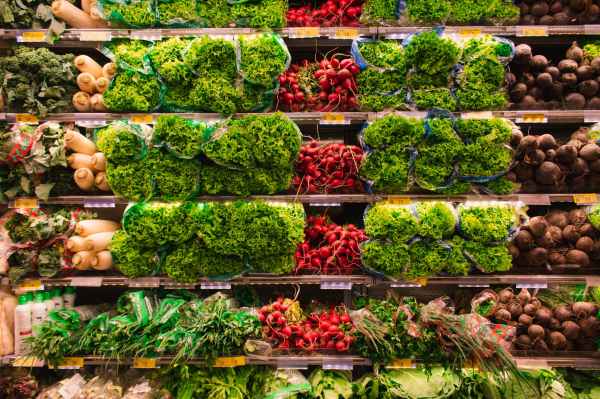by Hilal Elver*
In March 2020 the world was shut down along with much of the global economy to avoid the spread of the powerful virus COVID-19. Suddenly, the so-called “efficient” global food supply chains were dismantled, harvests were left in the soil, food workers returned to their homes, the major organizing principle of supply and demand balance all but disappeared, and quite simply, the global food market as we knew it came alarmingly close to collapse. COVID-19 arrived at a time that food production was historically high, and prices low, but constraints on the movements of people and goods left many people without food, and global food systems entered an unusual stalemate. These results were not entirely unpredictable, but the world was unprepared to cope with the challenge. This was true in many countries and regions in both the Global North and Global South. As a result, the number of hungry people has increased by 150 million since the outbreak of the pandemic.
While the world was still struggling with many variants of Covid-19, and full recovery is not yet in sight, the February 24, 2022, invasion of Ukraine by the Russian Federation brought about a further deterioration in global food trade as these two countries happened to be major players in the global grain market. Today’s food markets are heavily reliant on international food trade. Since the early 1990s, nearly a quarter of all food produced crosses international borders. The high dependency on global grain imports for the food security of many countries in the Middle East and Africa is causing a severe food crisis in many parts of the world.
FAO State of Hunger and Malnutrition Report 2022
On July 6, 2022, in the middle of multiple unresolved crises, the United Nations Food and Agriculture Organization (FAO), World Food Program (WFP), International Fund for Agriculture Development (IFAD) (Those three are called UN Rome-based institutions), World Health Organization (WHO), and United Nations Children Fund (UNICEF) published their annual flagship report on progress toward ending hunger, achieving food security, and improving nutrition. The major message of the State of Food Security and Nutrition in the World Report (SOFI) was that “the world is moving in the wrong direction” to end hunger, food insecurity, and all forms of malnutrition. The SOFI 2022 report projects that nearly 670 million people, or 8% of the world’s population, will be affected by hunger in 2030, instead of the “zero hunger” target Nr. 2 of the Sustainable Development Goals (SDG) that were adopted by the United Nations in 2015. SOFI assesses the relevance of conflicts, including the most recent war in Ukraine, along with climate extremes and economic shocks. Additionally, for the first time, the report adds growing inequalities as major drivers of food insecurity and malnutrition.
Continue reading “From Covid 19 to War in Ukraine: Anatomy of the Global Food Crisis in 2022”










You must be logged in to post a comment.